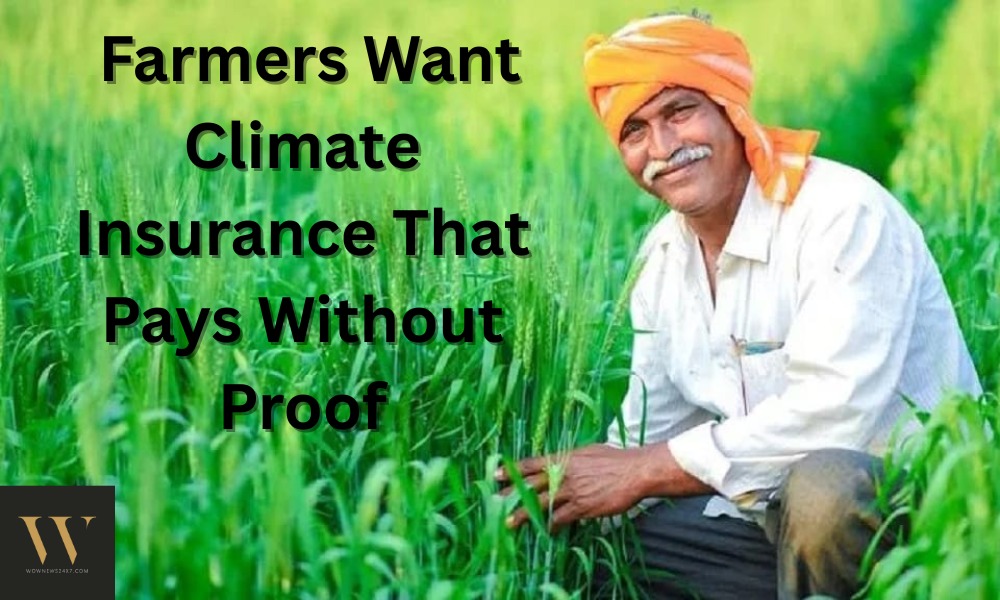As climate change intensifies, Indian farmers are demanding insurance payouts for weather-related crop damage without the need to prove individual losses. With extreme events becoming more frequent, experts and policymakers are exploring parametric insurance models to ensure faster, fairer compensation and strengthen the agricultural safety net.
India’s agricultural sector is facing mounting pressure from climate volatility, with farmers increasingly vulnerable to floods, droughts, and erratic weather patterns. In response, there’s a growing call for reforming crop insurance mechanisms—specifically, enabling payouts for climate setbacks without requiring farmers to prove individual losses.
This shift is driven by the reality that traditional insurance models often fail to deliver timely relief. Farmers must navigate complex documentation and verification processes, which delay compensation and exclude many from receiving support altogether.
Key Highlights:
-
Rising Climate Risk: India experienced extreme weather on 255 of 274 days in 2024, affecting over 3.2 million hectares of farmland across 35 states.
-
Insurance Bottlenecks: Farmers pay high premiums under schemes like PMFBY but face hurdles in claim settlement due to proof-of-loss requirements.
-
Policy Innovation: Experts advocate for parametric insurance—where payouts are triggered by predefined weather thresholds, not individual damage assessments.
Major Takeaways:
-
Faster Relief: Parametric models can deliver quicker payouts based on satellite data or rainfall indexes, bypassing bureaucratic delays.
-
Inclusive Coverage: Such systems could extend protection to small and marginal farmers who often lack formal documentation.
-
Government Response: The Centre recently disbursed ₹3,200 crore under PMFBY and is considering reforms to improve payout timelines and penalize insurers for delays.
This evolving conversation reflects a broader need to climate-proof India’s agricultural safety net. With nearly half the population dependent on farming and agriculture contributing 18.2% to GDP, timely and accessible insurance is not just a financial tool—it’s a lifeline.
Sources: Down To Earth, Outlook Business, Editorialge

